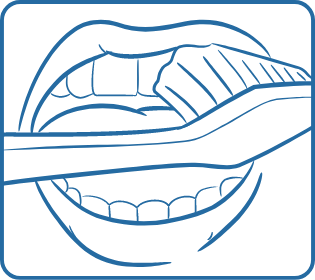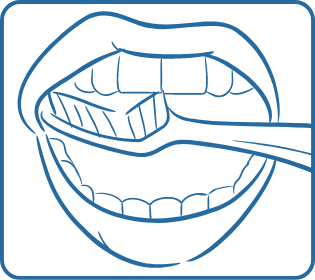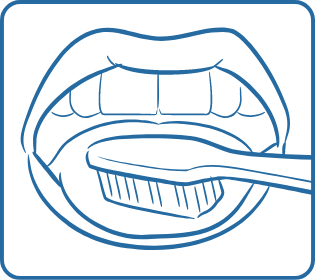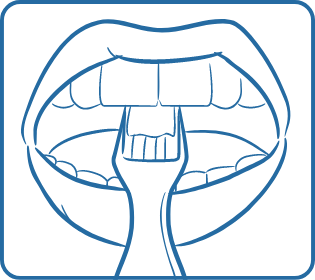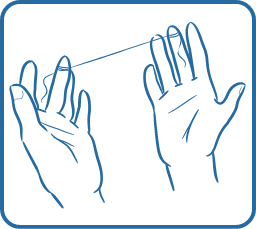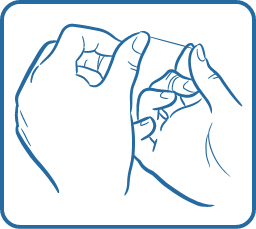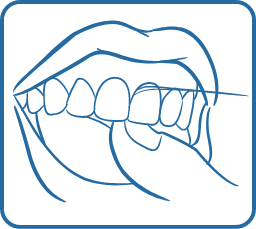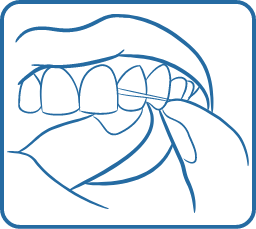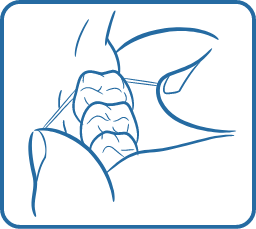General oral health
Expand the menu on the right to find more oral health topics.
Dental checkups
It’s important to visit your dentist for a complete dental exam every year, even if you don’t have teeth. You may have dental problems even if you don’t have any pain. Your dentist can check your teeth and mouth to see if they
are healthy. They can provide needed dental care and tell you if there are any problems. They will give you information to help prevent, manage and/or treat tooth decay and gum disease. If you have a denture or partial denture, they can check
it to make sure it’s fitting well.
It’s more than just your mouth! Regular dental care is necessary to maintain oral health and overall health. Much of the care provided is also important for a healthy pregnancy, or if you have diabetes.
Start early with oral health practices by having your child see a dentist by their first birthday or after their first baby tooth appears. This can help children become familiar with the dental office and staff. It’s a great time to
discuss any concerns you have and discuss proper home care for your child’s teeth.
Taking care of your mouth and teeth
Good oral health habits are the best way to help prevent tooth decay and disease. You can help keep your teeth and mouth healthy with daily brushing and flossing, eating a mouth-healthy diet and visiting your dentist for regular checkups. If your gums bleed when you brush or floss, the bleeding should stop as your gums become healthier with consistent dental cleanings and good oral health habits.
Brushing and flossing your teeth
When you brush your teeth:
- Brush your teeth at least twice each day.
- Use a toothbrush with soft bristles. Medium and hard bristles can damage teeth and gums.
- Place the brush where the teeth meet the gums. Press firmly, and gently rock the brush back and forth using small circular movements.
- Make sure to brush all surfaces of your teeth. Brush your tongue. This helps remove plaque, which can cause bad breath.
- Replace your toothbrush every three to four months.
When you floss your teeth:
- It's best to floss at least once a day — you can use regular floss or a plastic flossing tool.
- A plastic flossing tool can make flossing easier for people who have a hard time holding normal floss or for parents while flossing their children's teeth.
- Gently work the floss between the teeth toward the gums. Curve the floss into a C shape around each tooth and gently slide it under the gum line. Move the floss firmly up and down several times to remove the plaque.
Nutrition for your oral health

The types of foods and drinks adults and children choose can make a big difference in their oral health and overall health. Try to eat and drink foods that contain needed vitamins and minerals and combine them in ways that reduce the risk for tooth decay.
Try to eat meals that include:
- Fruits and vegetables
- Whole grains, such as oatmeal, whole wheat bread and brown rice
- Dairy: low-fat or fat-free without added sugars
- Lean protein, like calcium-fortified tofu, meat, poultry, fish, eggs, beans, nuts and seeds
What about snacks? Healthy snacks for your teeth do exist! Here are some healthy options:
- Healthy dairy choices help clear the mouth of harmful sugars and protect against acid-producing bacteria.
- Cheese sticks
- Yogurt
- Raw carrots or celery sticks dipped in hummus or ranch dressing
- Sliced apples with nut butter
- Spinach, frozen berries, and plain yogurt blended into a smoothie
- Nuts or seeds
- If your family drinks soda or juice, give it during meals instead of as a snack between meals

